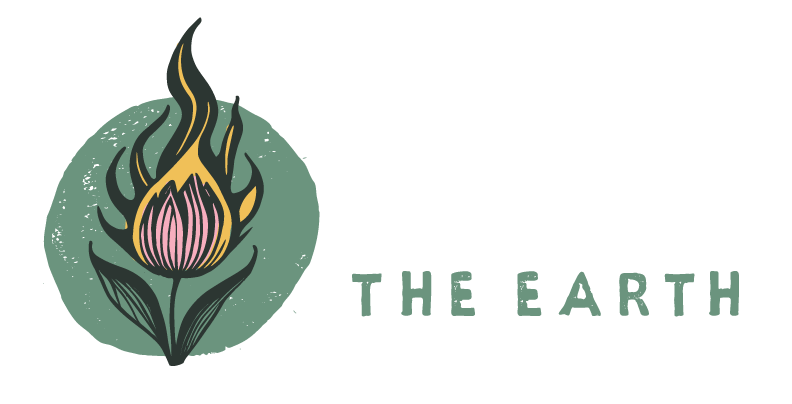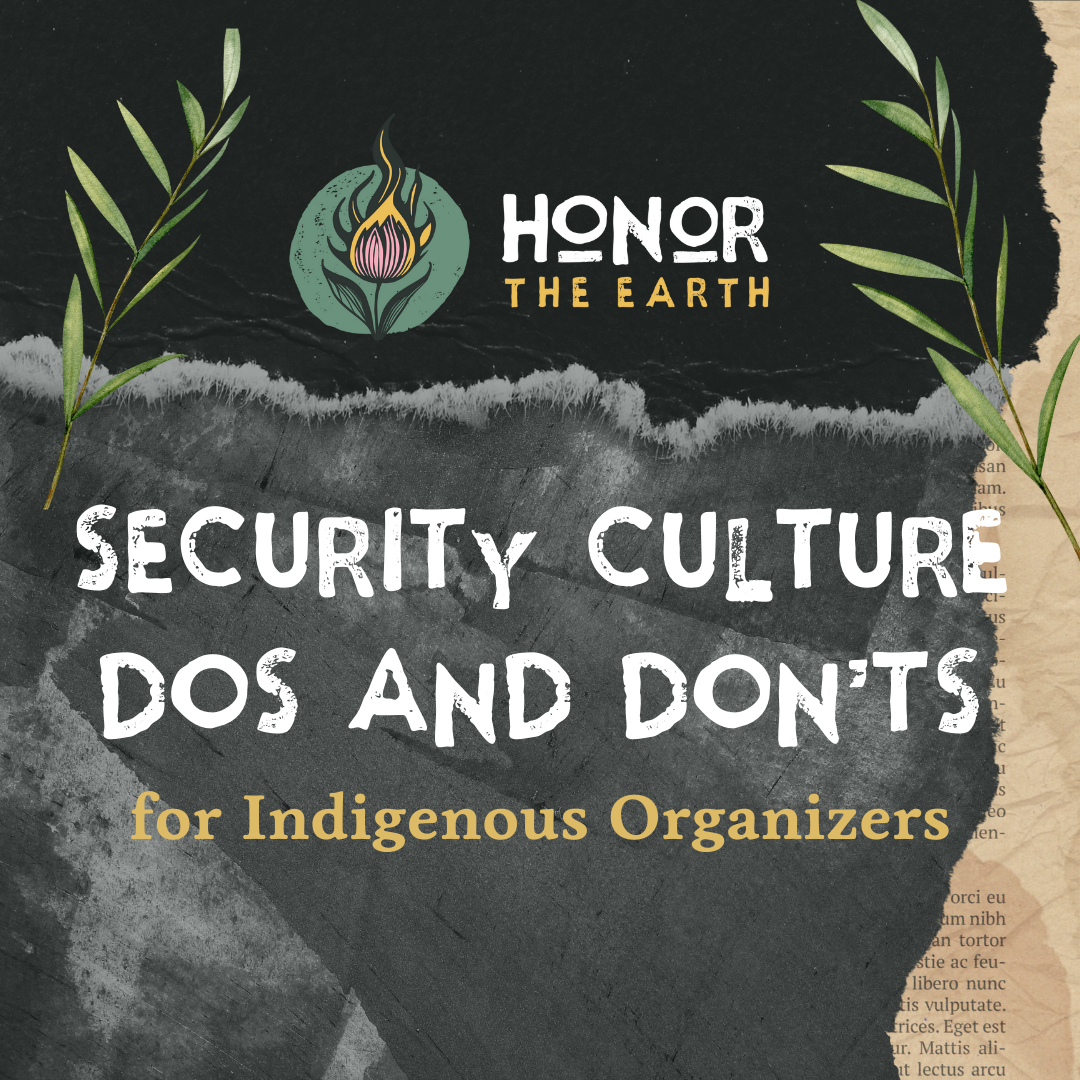Security Culture Dos and Don’ts for Indigenous Organizers
Movement organizers and activists frequently challenge state power - it’s necessary work but not without risks.
That’s why it’s important for organizers and organizations to develop a healthy security culture rooted in trust and community. On a macro level, security culture is about keeping each other safe and alive. On a micro level it’s about building strong relationships in our communities.
A strong security culture enables us to assess and mitigate threats accurately. We can’t prevent all bad things from happening, but we can minimize their impact while building resiliency and safety for the collective movement.
Do think about where information is being shared
What information are you sharing publicly, whether you’re actively thinking about it or not? Think about what a stranger or a government actor could learn about you. Here are just a few examples of where that might be:
Social media accounts
Friends and family members’ social media accounts
Google searches
News stories
Obituaries
Voting records
Property records
Your vehicle
Things you do in public
The clothing you wear
DNA websites
TSA security screenings
Sign-in sheets from events you’ve attended
Metadata collected from websites and apps
Dating apps
Before posting anything online, ask yourself, “Am I comfortable having this read back to me?”
When you’re sharing information with others in your network, think about whether they need to know, what exactly they should know, and whether telling them might actually put more folks in danger. Maybe only a few people need to know the details of your travel plans on the way to an action. Or you can seal sensitive information in an envelope for others to open only in case of an emergency.
Do prioritize informed consent
When it comes to sharing information or space with others, be mindful of everyone’s risk tolerance level. If you’re sharing sensitive information with them or entering a potentially unlawful scenario together, make sure they know the stakes.
For example, if you’re participating in an action that is high risk, make sure everyone involved knows that ahead of time. Are you giving someone a ride and one of your tail lights is out, meaning you might be more likely to be pulled over? Let folks know. This kind of scenario might present a low risk for someone who isn’t likely to have a bad interaction with law enforcement, but could be disastrous for someone else, like an undocumented comrade.
This goes for sharing information as well. If you’re sharing information about someone else or their plans, make sure you have their explicit consent beforehand.
Don’t keep things private just for the sake of being private
It’s important to be mindful of what you’re sharing about yourself and when. But that doesn’t mean you should be private about everything for the sake of being private. You can’t build relationships without sharing information about yourself and being vulnerable with others.
We reinforce the power structures of the state when we view others as dangerous until proven otherwise. Trust is how we keep ourselves safe.
Don’t let biases dictate your actions
It’s important to trust your gut, particularly when you’re interacting with folks outside of your organization who haven’t yet been vetted. But it’s also important to make sure your gut reactions aren’t just reinforcing biases.
Take a moment and check in with yourself if someone is rubbing you the wrong way. Are they acting in a way that seems genuinely suspicious? Or is it something about their appearance or identity that makes you uncomfortable?
To challenge our biases, don’t assume other people’s intentions. For example, if a comrade tells one of their friends the details of an action you’re planning and it puts some of your plans at risk, talk to the comrade about it directly. They might not have known their actions created a security risk. The sooner you address this kind of situation, the more easily it will be resolved.
Do make security community agreements
Many groups have a set of community agreements that members draft together. These are security principles and practices that they all agree to abide by. What does that look like for your organization or organizing group? The most important thing is that everyone's needs for safety are met and that everyone agrees to meet and hold each other accountable to those collective agreements. Only we can keep us safe - together.

